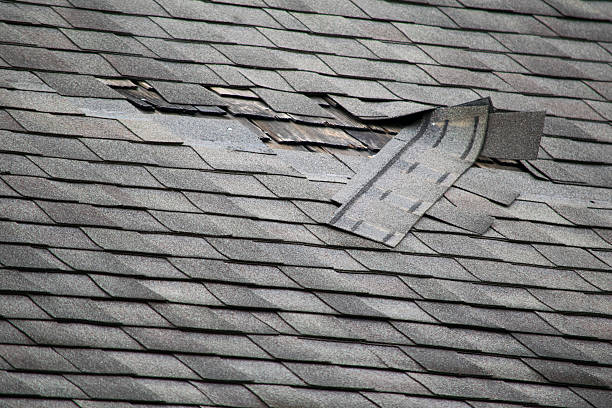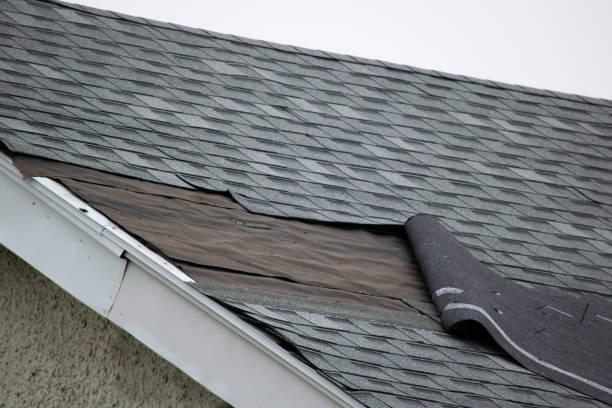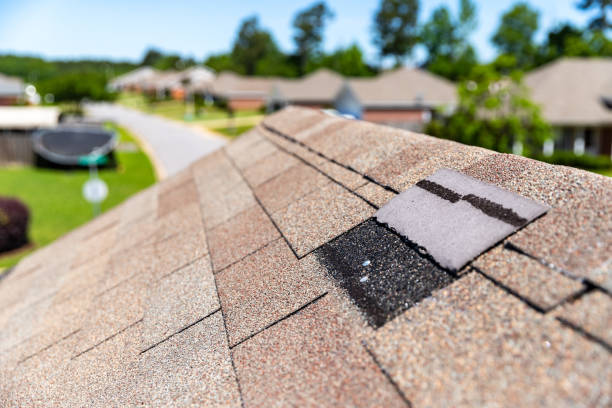Most home insurance policies cover the expense of locating and repairing a leak, but only if a specific procedure is followed.
It can be perplexing, and if you do not move quickly enough, your claim may be denied.
You’ll learn how to make a successful water leak insurance claim uk if you follow the tips below.
You’ll also make fewer mistakes if a leak occurs, resulting in a stronger case that your insurance company will find difficult to refute.
What exactly does ‘escape of water’ mean?

The ‘escape of water’ is a term used by insurers to describe leaks that originate inside the property; for example, water from a leaking pipe, appliance, tank, or heating system.
According to the Association of British Insurers (ABI), one in every four household insurance claims involves the escape of water, with burst or leaky pipes accounting for more than 80% of them.
The kitchen and bathroom are the most typically damaged areas, but because concealed pipes run throughout the home, a leak could harm any portion of your property.
Related 10 Best Car Insurance in Nigeria
How to Make a Successful Water Leak Insurance Claim UK
1. Prompt Reporting of the Incident
The first crucial step in making a successful water leak insurance claim is reporting the incident to your insurance company promptly.
Most insurance policies require policyholders to report damages as soon as they are discovered.
Delaying the reporting process might jeopardize your claim, as insurance companies often have specific timeframes within which incidents must be reported.
2. Documenting the Damage
Detailed documentation is key to a successful insurance claim. Take photographs and videos of the affected areas, focusing on the damage caused by the water leak.
Make sure to capture close-up shots and wide-angle views to provide a comprehensive overview.
Additionally, keep a record of any correspondence with contractors, repair professionals, or other parties involved in the restoration process.
3. Understanding Your Insurance Policy
Before filing a water leak insurance claim, thoroughly review your insurance policy to understand the coverage and limitations.
Policies may vary, and some may exclude certain types of water damage or have specific requirements for coverage. Knowing the details of your policy will empower you to make a more informed claim.
Read More What Does Third Party Insurance Cover Theory in 2023
The Claims Process: Step by Step
Now that we’ve covered the initial steps, let’s dive into the specific process of How to Make a Successful Water Leak Insurance Claim UK
1. Contacting Your Insurance Provider
Once you’ve discovered the water leak, contact your insurance provider immediately.
Provide them with a detailed account of the incident and inquire about the necessary steps to initiate a claim.
Be prepared to provide your policy number, details of the damage, and any relevant documentation.
2. Assessment by Insurance Adjuster
After filing a claim, an insurance adjuster will be assigned to assess the damage. The adjuster will visit your property to inspect the affected areas, review your documentation, and determine the extent of the damage.
It’s essential to be present during this assessment to ensure all damage is properly documented.
3. Obtaining Repair Estimates
Once the assessment is complete, obtain repair estimates from reputable contractors. Provide these estimates to your insurance company for review.
Some insurers may have preferred vendors, so it’s advisable to check with your provider before hiring a contractor.
Keep in mind that your insurer may cover the reasonable cost of repairs, but it’s crucial to clarify this beforehand.
See More When Must Your Vehicle Have Valid Insurance Cover in 2023
Tips for a Successful Water Leak Insurance Claim
Here are some additional tips to enhance the likelihood of a successful water leak insurance claim:
1. Maintain Open Communication
Maintain open and transparent communication with your insurance provider throughout the claims process.
Promptly respond to any requests for additional information and keep a record of all communication.
2. Adhere to Deadlines
Be mindful of any deadlines set by your insurance company. Timely submission of required documents and information is vital for a smooth claims process.
3. Beware of Exclusions
Understand the exclusions in your insurance policy. Some policies may exclude coverage for certain types of water damage, such as gradual leaks. Be aware of these exclusions to avoid surprises during the claims process.
What to do when you notice a leak in your home

If you notice water trickling from your ceiling or wall, you’ll know there’s a leak. However, the evidence isn’t often so evident, and you may only suspect a leak when you observe a developing black spot of damp on the ceiling or wall.
In either case, a water leak can be far more damaging and costly than you might expect. As a result, you should never disregard visual symptoms of wetness.
The older the damage seems, the less likely your insurer will pay for it. Also, if you patch a leak without informing them (to protect your no-claims bonus), they may refuse to pay if the leak returns in the future.
Here’s what we think you should do:
1. Minimise the leak damage
Insurers want you to do everything possible to mitigate the damage, a process known as mitigation.
If water is gushing in, such as from a burst pipe, turn off your internal stopcock (or stop valve), then run your faucets to drain the system.
If you don’t know where your internal stopcock is or can’t get to it, you can turn off the water supply by closing the mains stopcock outside your home. If the leak is severe enough, you should also switch off the power.
Most leaks do not result in a large amount of water escaping immediately. Some pipe flaws are so minor that they open and close in response to temperature changes.
Even if you believe you have a sluggish water leak, have it inspected and repaired as soon as feasible. This rule applies to all mystery leaks, no matter how large or tiny they appear to be.
2. Gather evidence for your insurance company.
Collecting proof is a vital aspect of the claims process, and the more convincing it is, the more likely the claim will be successful.
Take photos of any damaged walls or ceilings, as well as anything else. This includes domestic items, which you can use to make a claim on your contents insurance.
Take images of any tiny leaks as soon as feasible. You can then take more photographs as the situation worsens, basically serving as a ‘before and after’ comparison.
A leak detection professional will offer you with a complete report that will back up your water damage claim. In the event of a burst pipe, a plumber should provide you with a report.
3. Make contact with your insurance company.
Now is the moment to notify your insurance company of the situation. Whether you file a claim online or via phone, you should have your policy number and a list of any damaged belongings on hand. When you contact your insurance, they will most likely provide you a link or email with instructions on how to submit the proof you’ve collected.
- Book in a trace and access service
If you don’t know the exact position of the leak or if it’s hidden in any way, you’ll need a leak detection professional to conduct a trace and access inquiry.
A moisture survey, pressure testing, thermal imaging, moisture analysis, tracer gas testing, borescope camera, acoustic tests, and tracer dyes will be used to determine the source of the damage.
These are for the ‘trace’ portion of the service. The ‘access’ element entails gaining visual access to the source of the leak, which may entail removing a section of ceiling, floor, or wall.
Depending on their advise, it’s a good idea to show the facts to your insurer before proceeding with this stage of the task.
5. Deal with the loss adjuster
Your insurer may assign a loss adjuster to examine if your home insurance claim is going to be costly.
It is their responsibility to determine the origin of the problem, determine whether you are completely covered, and calculate the cost of the necessary repairs.
They are supposed to be objective in their assessment as a third party.
Your insurance company will utilize their findings to make a final decision on your water leak insurance claim.
6. Obtain bids for reinstatement work.
After that, you’ll need to seek quotations for home repairs. Insurers call this work’reinstatement,’ and it includes items like masonry, plastering, flooring, and remodeling.
Once the reinstatement is completed, your insurance provider will pay you or the tradesperson directly, as long as you are covered for the reinstatement work.
Your insurer may try to persuade you to use one of their preferred contractors, but remember that you have the final say.
The same is true if you require a chartered surveyor to prepare a scope of restoration work.
Conclusion
A successful water leak insurance claim in the UK requires a combination of prompt action, thorough documentation, and effective communication with your insurance provider.
By understanding How to Make a Successful Water Leak Insurance Claim UK, you can navigate the claims process with confidence.
Remember, each claim is unique, and seeking professional advice when needed can make the journey smoother.






